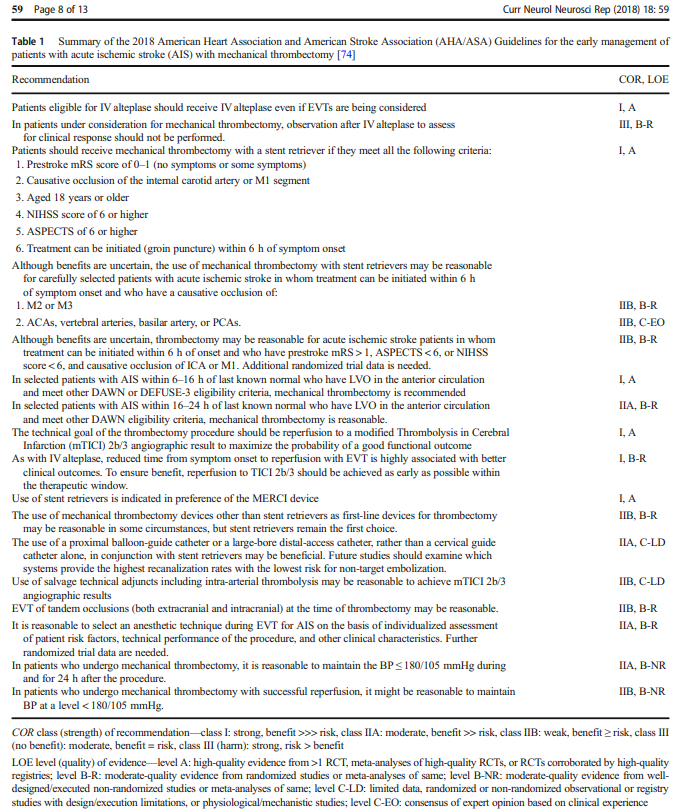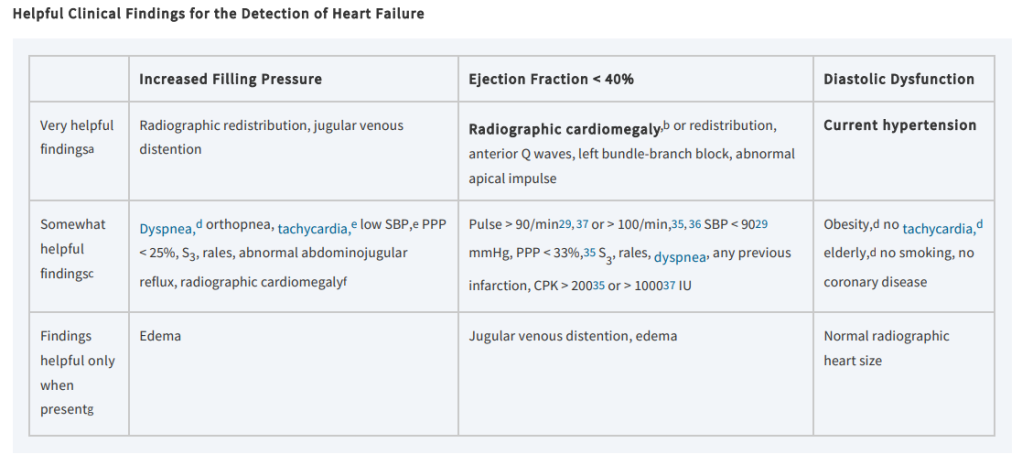The Bottom Line: The interobserver reliability of the physical examination of the chest in patients with respiratory conditions has been found to be relatively low (Metlay). But the physical examination can be used to gain diagnostic certainty with pulmonary effusion, specifically the findings of dullness to percussion and asymmetric chest expansion, and confirmed with a chest radiograph (Wong).
“The calculated interobserver reliability among the physicians for several chest signs… presented in the form of both mean pair observer agreement rates and κ values, which account for rates of chance agreement ranging from 0, when agreement is no better than chance, to 1, when there is perfect agreement. In fact, 2 of the most reliable findings, dullness to percussion and wheezes on auscultation, had only fair to good κ values of 0.52 and 0.51, corresponding to agreement rates of 77% and 79%, respectively. Crackles had a κ value of 0.41 (agreement rate of 72%), and several findings such as whispered pectoriloquy and increased tactile fremitus had κ values indicating poor agreement (range, 0.01-0.11), in part explained by the rarity of these findings overall.” (Matley)

“Of the 8 physical examination maneuvers, the presence of dullness to conventional percussion (summary positive LR, 8.7; 95% CI, 2.2-34) and asymmetric chest expansion (positive LR, 8.1; 95% CI, 5.2-13) were most accurate in diagnosing pleural effusion. The diagnostic OR of the 2 studies that compared conventional percussion (summary diagnostic OR, 34; 95% CI, 16-72) with auscultatory percussion (summary diagnostic OR, 8.1; 95% CI, 4.7-14.0) favored conventional percussion. The extremely low negative LR for auscultatory percussion popularized by Guarino (negative LR, 0.05; 95% CI, 0.02-0.11) has not been replicated in other studies (negative LR range, 0.50-1.0).” (Wong)
Continue reading









